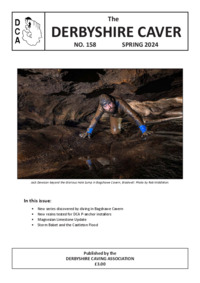jasonbirder
Member
Obviously Wikipedia is king...but I can state that during the 2007-2011 surveys for the Atlas of Breeding Birds there weren't any recorded examples of Nests in Rabbit burrows...but hey what do I know!
I'm always amused by a little healthy sarcasm :h But YES do bow to my superior knowledge...Buzzards have never been reintroduced or released anywhere in the the UK nor are there any plans whatsoever to do so...so your concern about their "re-introduction" is surely misplaced...
Given your dislike of Badgers (and presumably foxes too) and any Birds of Prey...(Red Kites don't even take live prey) I think it's obvious where your views lie...
Which is why so many of us are concerned about having even LESS regulation to keep the hunting/shooting/farming lobby in check..some of us would like there still to be SOME wildlife left in the British Countryside...
I'm always amused by a little healthy sarcasm :h But YES do bow to my superior knowledge...Buzzards have never been reintroduced or released anywhere in the the UK nor are there any plans whatsoever to do so...so your concern about their "re-introduction" is surely misplaced...
Given your dislike of Badgers (and presumably foxes too) and any Birds of Prey...(Red Kites don't even take live prey) I think it's obvious where your views lie...
Which is why so many of us are concerned about having even LESS regulation to keep the hunting/shooting/farming lobby in check..some of us would like there still to be SOME wildlife left in the British Countryside...




